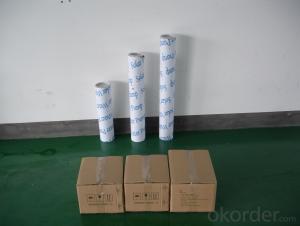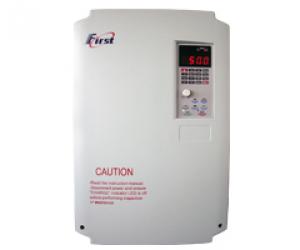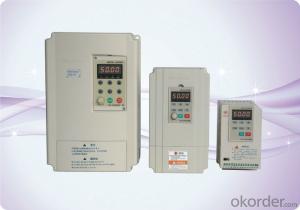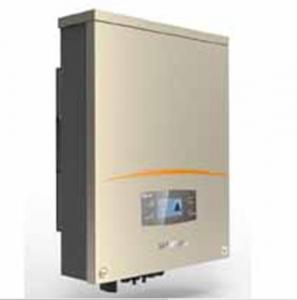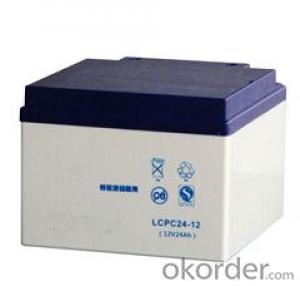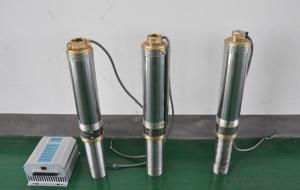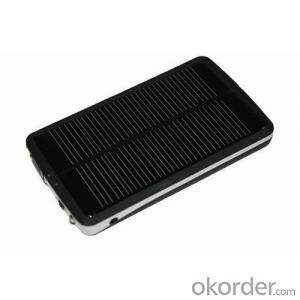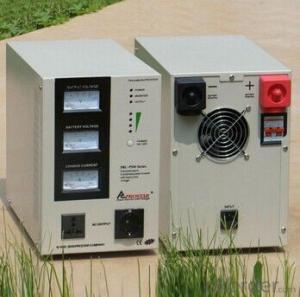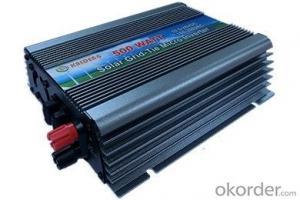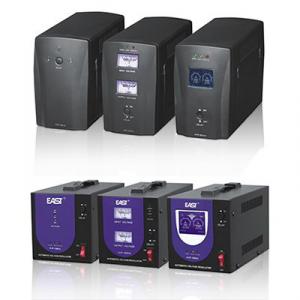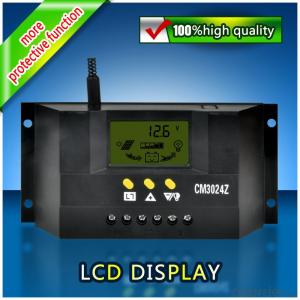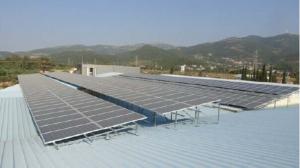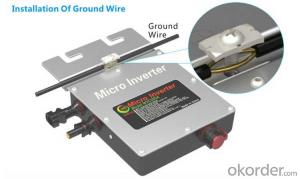Best 24v Solar Inverter
Best 24v Solar Inverter Related Searches
Best 24 Volt Solar Inverter 24v Solar Inverter Solar 24v Inverter 24v Inverter Solar 24 Volt Solar Inverter Best Solar Inverter 24 Volt Solar Power Inverter Best 12v Solar Inverter Best Solar Power Inverter The Best Solar Inverter Solar Power Inverter 24v Best Inverter Solar 24v Hybrid Solar Inverter 24 Volt Inverter Solar Best Solar Battery Inverter Best Solar Panel Inverter Best Inverter For Solar 24 Volt Solar Inverter Price Best Solar Inverter 2023 24 Volt Hybrid Solar Inverter Best Solar Inverter 2022 Solar Inverter Best Which Solar Inverter Is Best Solar Inverter 24 Volt Price Best Solar Inverter For Home 24v Solar Inverter Charger Best Home Solar Inverter Best Inverter For Solar System World Best Solar Inverter Solar Best InverterBest 24v Solar Inverter Supplier & Manufacturer from China
Best 24v Solar Inverter is a range of high-quality products designed to convert solar energy into usable electrical power for various applications. These inverters are engineered to efficiently handle the conversion process, ensuring that the solar panels' output is effectively transformed into the required voltage and current for different devices and systems. They are particularly useful in situations where a reliable and eco-friendly power source is needed, such as off-grid homes, remote areas, and even in some commercial setups.The Best 24v Solar Inverter is widely used in a variety of scenarios where a stable power supply is crucial. For instance, they are employed in solar-powered streetlights, remote monitoring systems, and off-grid homes to provide a continuous flow of electricity. These inverters are also utilized in backup power systems to ensure that critical equipment remains operational during power outages. Their compact design and robust construction make them a popular choice for those seeking a reliable and efficient solar energy solution.
Okorder.com stands as a prominent wholesale supplier of the Best 24v Solar Inverter, boasting a vast inventory to cater to the diverse needs of customers worldwide. With a commitment to quality and customer satisfaction, Okorder.com ensures that each inverter is thoroughly tested and meets the highest industry standards before being shipped to clients. This extensive inventory allows Okorder.com to offer competitive prices and fast delivery times, making them a trusted source for those in search of the Best 24v Solar Inverter.
Hot Products




